Creating the perfect sourdough french bread at home is one of life's most rewarding culinary adventures. As someone who's spent countless hours perfecting this craft, I can tell you that nothing beats the aroma of freshly baked sourdough french bread filling your kitchen. The combination of wild yeast fermentation and traditional French techniques creates a loaf that's both rustic and sophisticated.
When you master the art of sourdough french bread, you're not just baking; you're connecting with centuries of French baking tradition. This sourdough french bread recipe brings together the tangy complexity of natural fermentation with the crusty exterior and open crumb that makes French bread so beloved worldwide.
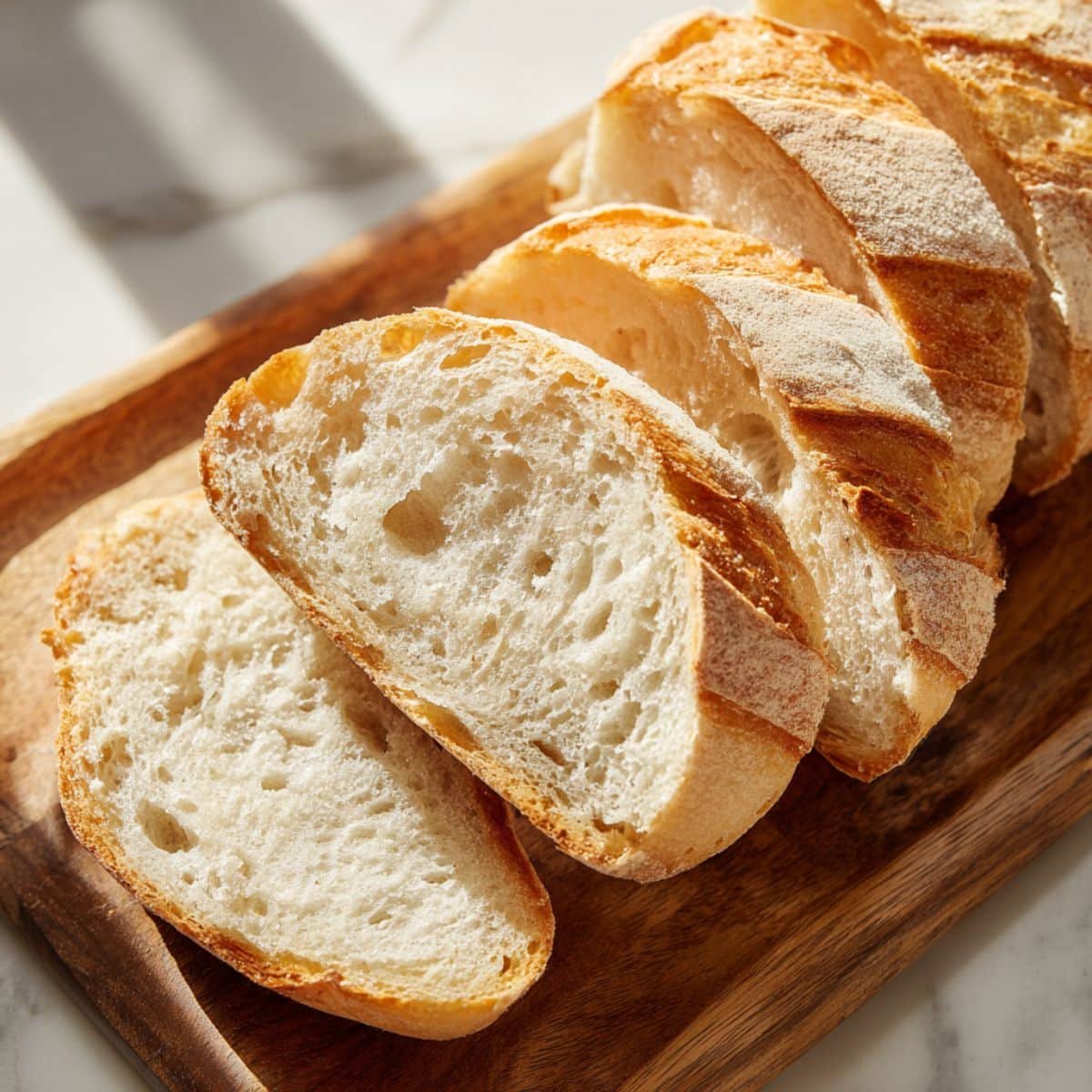
The Heritage Behind This Exceptional Sourdough French Bread Recipe
French bakers have been perfecting their craft for generations, and sourdough french bread represents the pinnacle of their artistry. What makes this sourdough french bread recipe stand out is its authentic approach to wild yeast fermentation, creating complex flavors that commercial yeast simply cannot achieve. The slow fermentation process allows the natural bacteria in your sourdough starter to develop those signature tangy notes that make each bite memorable.
This particular sourdough french bread method combines traditional French shaping techniques with time-tested fermentation principles. Unlike rushed bread recipes, our sourdough french bread requires patience and respect for the natural processes that create its distinctive character. The result is a crusty exterior that crackles when you break it, revealing an airy, chewy interior with that perfect open crumb structure French bakers prize.
Jump to:
Ingredients
- Active sourdough starter
- Bread flour
- All-purpose flour
- Warm water
- Sea salt
- Olive oil
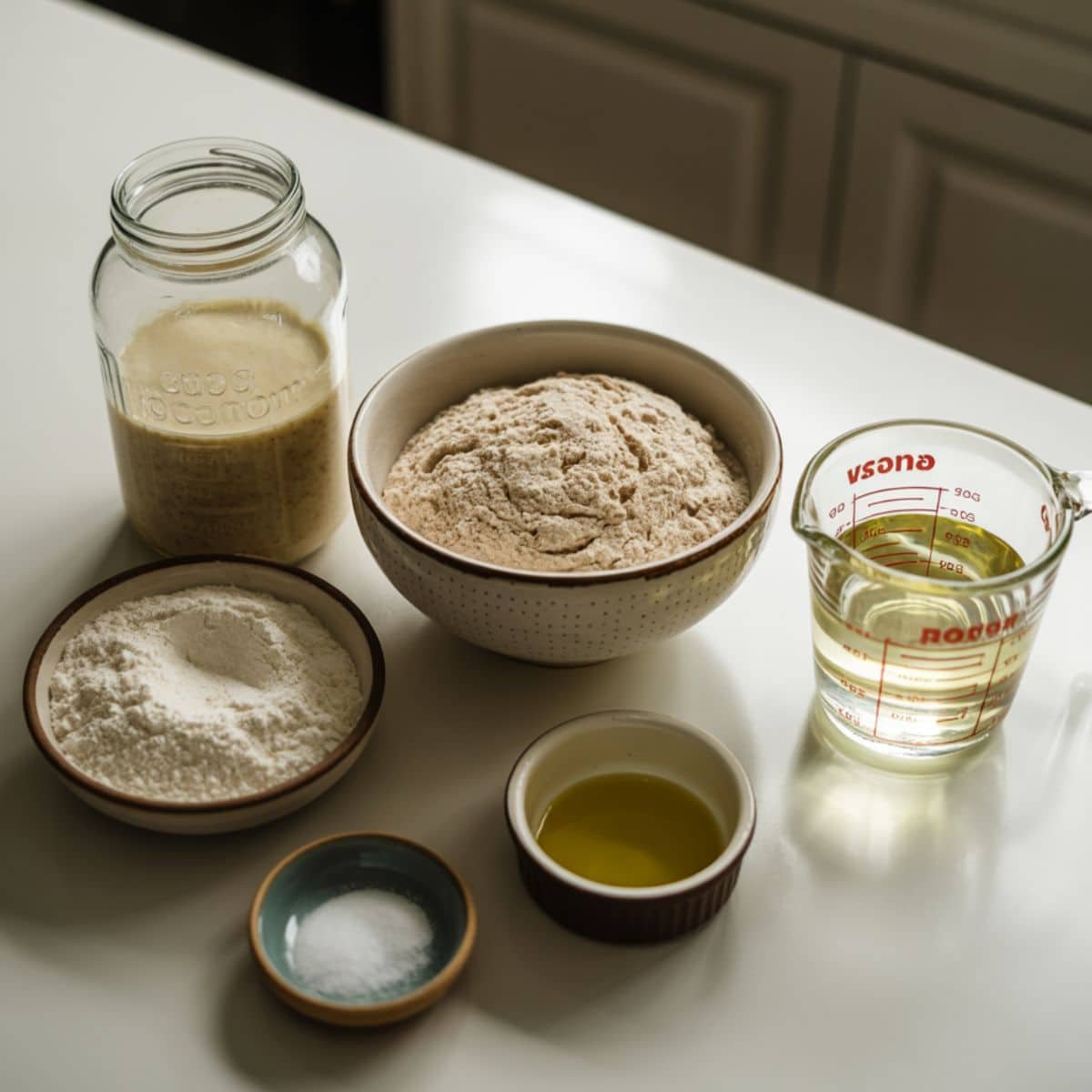
See recipe card for quantities.
Instructions
Prepare the Dough
- Mix active sourdough starter with warm water until well combined
- Add bread flour and all-purpose flour gradually
- Incorporate sea salt and olive oil
- Knead until smooth and elastic dough forms
First Rise and Shaping
- Place dough in oiled bowl and cover
- Allow bulk fermentation for 4-6 hours at room temperature
- Shape into classic French bread boule or batard form
- Place seam-side down on parchment paper
Final Proof and Baking
- Cover shaped dough and proof for 2-3 hours
- Preheat Dutch oven or baking stone to 450°F
- Score the surface with sharp blade
- Bake with steam for first 15 minutes, then uncovered until golden brown
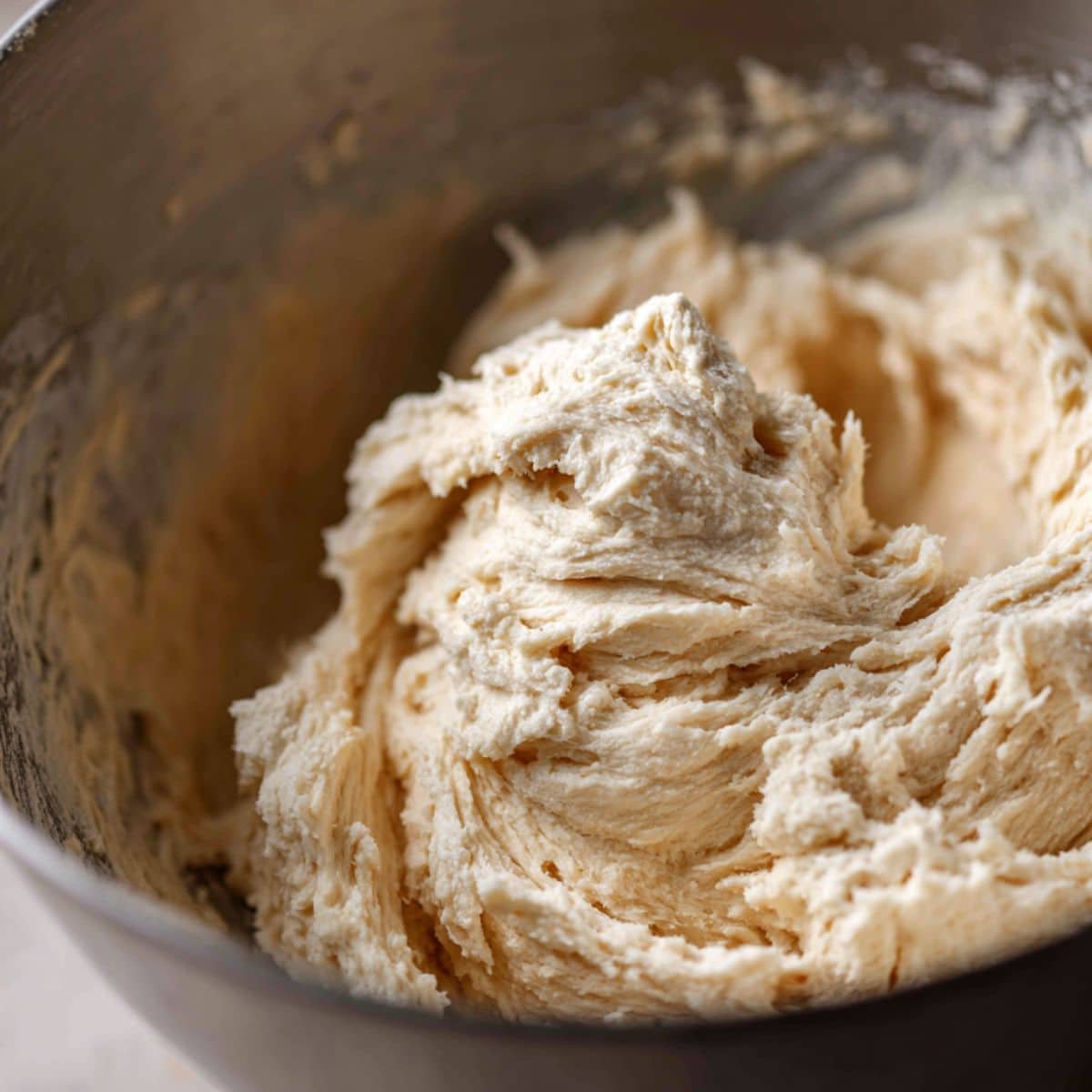
- Step 1: Combine all spices into a large bowl and combine thoroughly with mixture
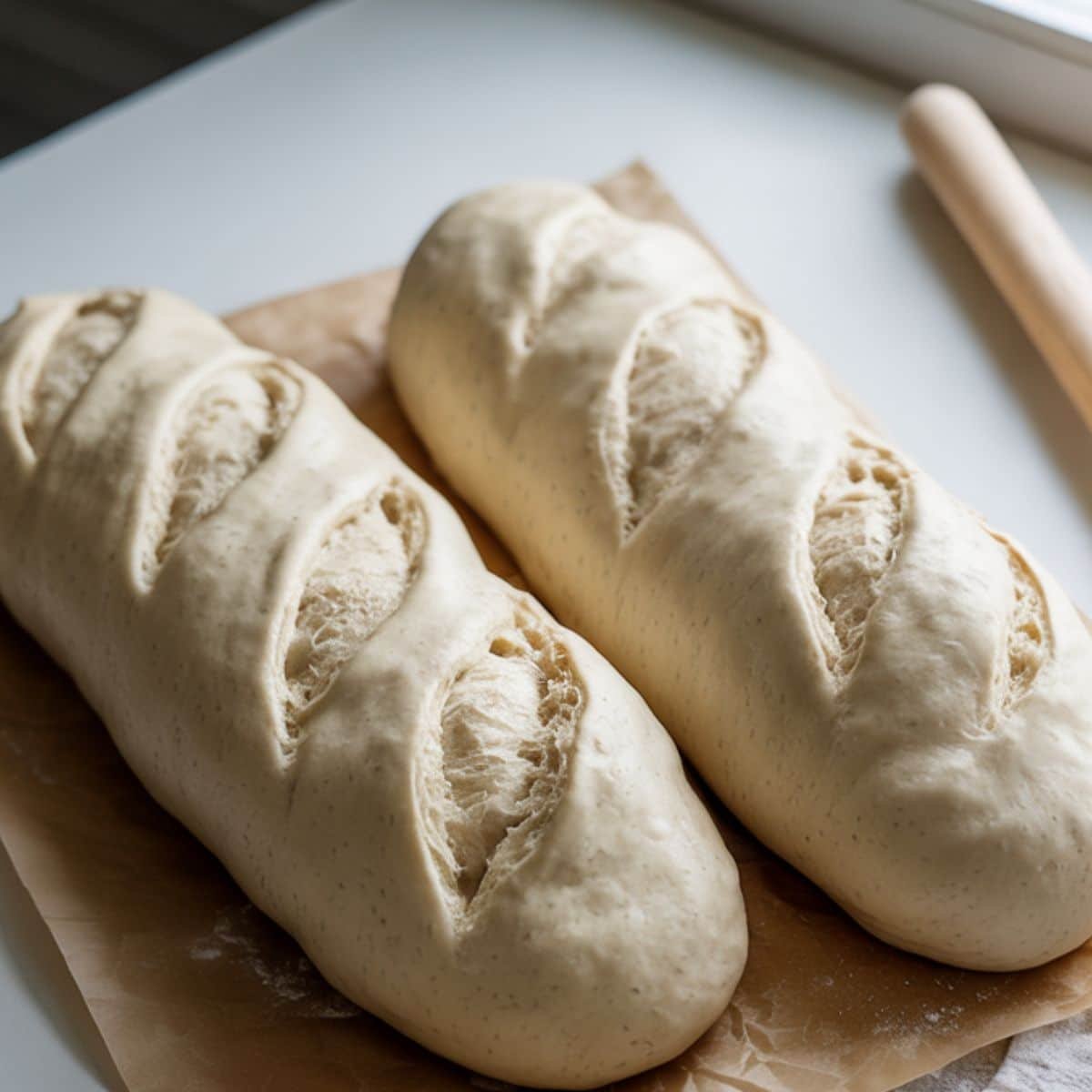
- First Rise and Shaping: Form into ball shape with your hands
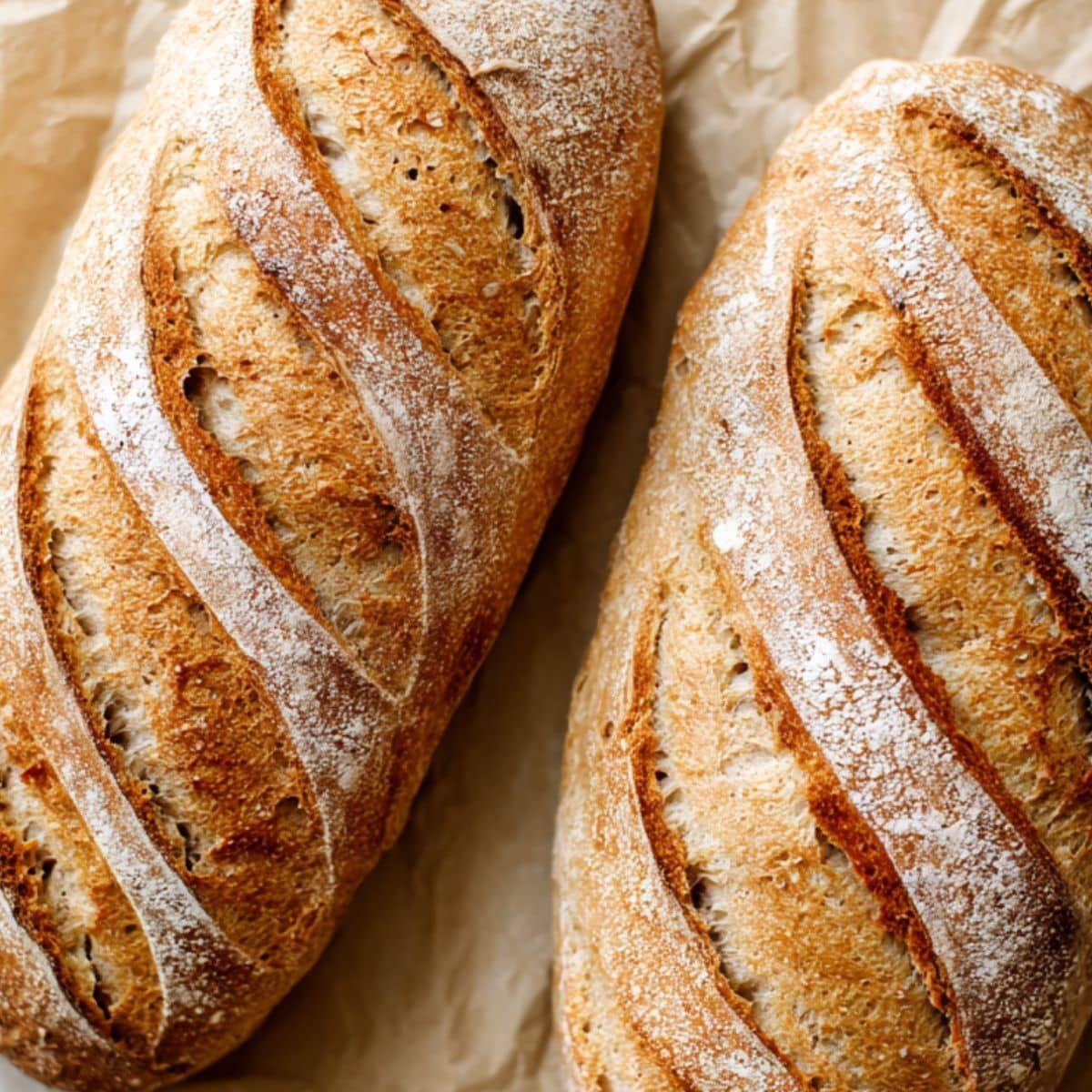
- Final Proof and Baking: Final proofed loaves, scored, ready to bake but not in oven yet
Equipment for Sourdough French Bread
- Large mixing bowl
- Kitchen scale for accurate measurements
- Bench scraper for dough handling
- Proofing baskets or bowls lined with cloth
- Sharp razor or lame for scoring
- Dutch oven or baking stone
- Clean kitchen towels for covering
Expert Cooking Tips
- Maintain your sourdough starter regularly for best flavor
- Use room temperature ingredients for even mixing
- Perform stretch and folds during bulk fermentation
- Create steam in oven for crispy crust development
- Let sourdough french bread cool completely before slicing
- Test doneness by tapping bottom for hollow sound
Recipe Variations
- Add herbs like rosemary or thyme to the dough
- Incorporate olives or sun-dried tomatoes for Mediterranean flavor
- Create whole wheat version using 50% whole wheat flour
- Make mini boules for individual serving sizes
- Add seeds like sesame or poppy on top before baking
- Experiment with different flour blends for unique textures
Storage
- Cool completely before storing to prevent condensation
- Wrap in clean kitchen towel for day-of consumption
- Store in paper bag for up to 2 days at room temperature
- Freeze sliced bread in freezer bags for up to 3 months
- Refresh day-old bread in 350°F oven for 5 minutes
- Avoid plastic storage which makes sourdough french bread soggy
Grandma's Secret That Changed Everything
The most transformative secret I learned from an old French baker changed how I approach sourdough french bread forever. She taught me that the key isn't just in the ingredients or technique, but in listening to your dough. Every batch of sourdough french bread speaks to you through its texture, smell, and appearance during each stage of development.
Her second revelation was about temperature control and timing. Rather than rushing the process, she emphasized that great sourdough french bread develops its character through patience. The slow, cold fermentation in the refrigerator overnight allows enzymes to break down proteins and starches, creating that complex flavor profile that separates exceptional bread from ordinary loaves.
FAQ
Is sourdough good for French bread?
Yes, sourdough is excellent for French bread! Traditional French bakers used wild yeast sourdough starters centuries before commercial yeast existed. Sourdough French bread offers superior flavor complexity, better digestibility, and authentic crusty texture. The natural fermentation creates tangy notes and open crumb structure that defines classic French artisan bread, making it healthier than commercial alternatives.
What's the difference between sourdough and French sourdough bread?
Sourdough refers to the wild yeast fermentation method, while French sourdough bread specifically uses traditional French techniques and shaping. French sourdough bread typically features longer fermentation, specific flour types, and classic French forms like boules or baguettes. The main difference lies in technique, hydration levels, and regional French baking traditions that create distinctive crust and crumb characteristics.
What is the French equivalent of sourdough bread?
The French equivalent of sourdough bread is "pain au levain" or "pain de campagne." Pain au levain specifically means bread made with natural starter, while pain de campagne refers to rustic country-style sourdough bread. These traditional French breads use wild yeast cultures and long fermentation, creating the authentic flavors and textures associated with classic French bakery sourdough bread.
Is there a French sourdough bread?
Absolutely! French sourdough bread has existed for centuries and includes varieties like pain au levain, pain de campagne, and pain Poilâne. French bakers pioneered sourdough techniques using natural wild yeast starters called "levain." These traditional French sourdough breads feature distinctive tangy flavors, crusty exteriors, and airy interiors that have influenced sourdough baking worldwide, representing authentic French artisan bread traditions.
Expand Your Artisan Bread Journey
Now that you've mastered the art of sourdough french bread, it's time to explore other exceptional bread recipes that will elevate your home baking repertoire. The techniques you've learned with sourdough french bread translate beautifully to other artisan breads, each offering unique flavors and textures to complement your newfound skills.
Consider trying the Master Chef's Easy Sourdough English Muffin Bread Recipe in 3 Steps, which applies similar fermentation principles in a simpler format perfect for breakfast. The Easy Italian Bread Recipe offers another European classic that pairs wonderfully with your sourdough french bread knowledge. Both recipes will help you continue developing your artisan baking skills while providing delicious alternatives for your family table.
From my kitchen, with heart.
Nicole Harper ❤️
Related
Looking for other recipes like this? Try these:
Pairing
These are my favorite dishes to serve with Sourdough French Bread

sourdough Frensh bread
Equipment
- 1 Mixing bowl Large
- 1 Kitchen scale For accurate measurements
- 1 Bench scraper For dough handling
- 1–2 Proofing baskets Or bowls with cloth lining
- 1 Lame or razor For scoring
- 1 Dutch oven or stone For baking
- 2 Kitchen towels Clean, for covering
Ingredients
- 1 cup Active sourdough starter bubbly and fed
- 2 cups Bread flour
- 1 cup All-purpose flour
- 1½ cups Warm water Around 100°F
- 2 teaspoon Sea salt
- 1 tablespoon Olive oil Optional, for dough softness
Instructions
- Mix starter, water, and flour until combined
- Add salt and oil, knead to form smooth dough
- Let dough rise 4–6 hrs at room temp
- Shape into boule or batard
- Final proof 2–3 hrs, covered
- Preheat oven to 450°F
- Score dough and bake with steam for 15 mins
- Continue baking uncovered until golden



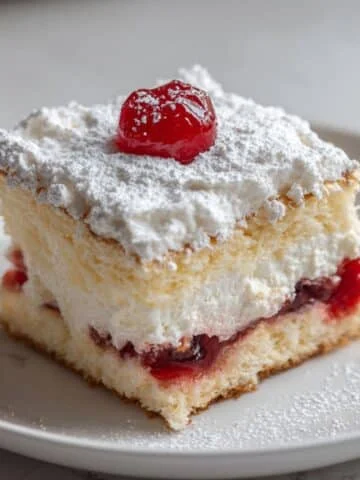
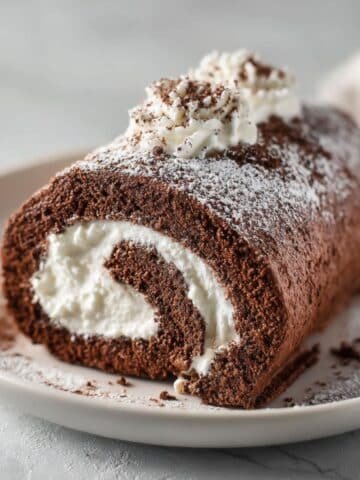
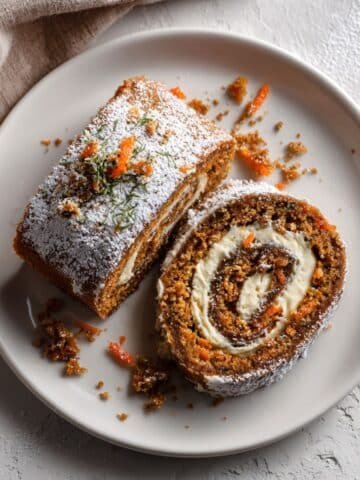

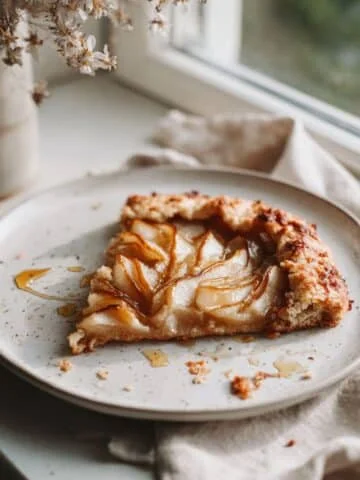



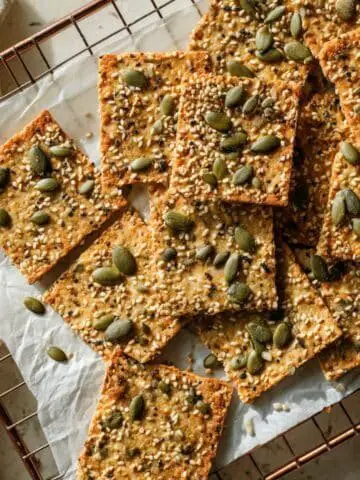
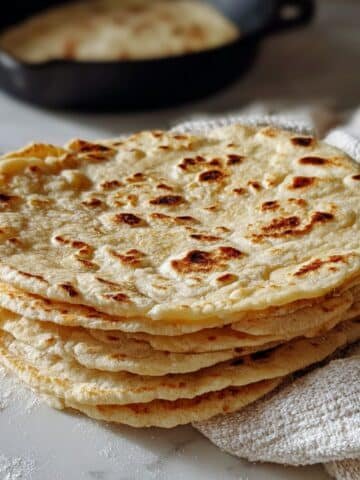
Leave a Reply